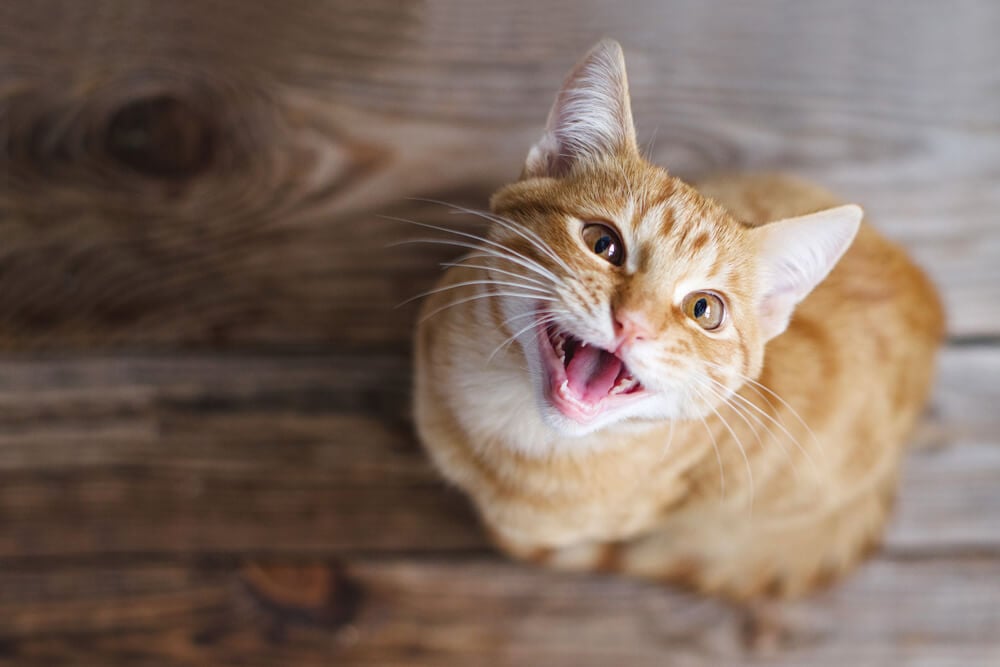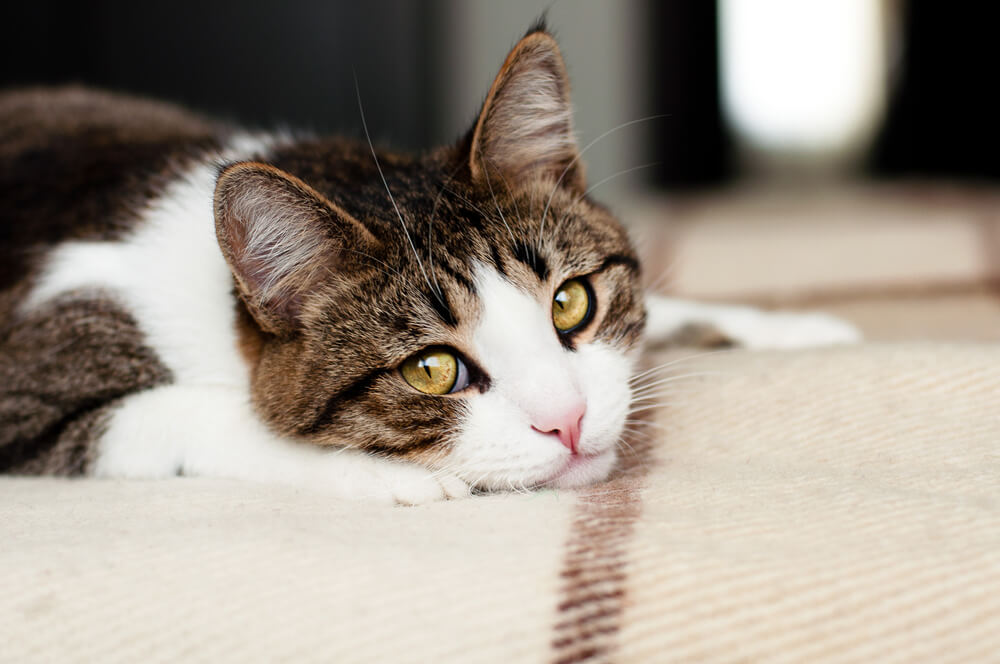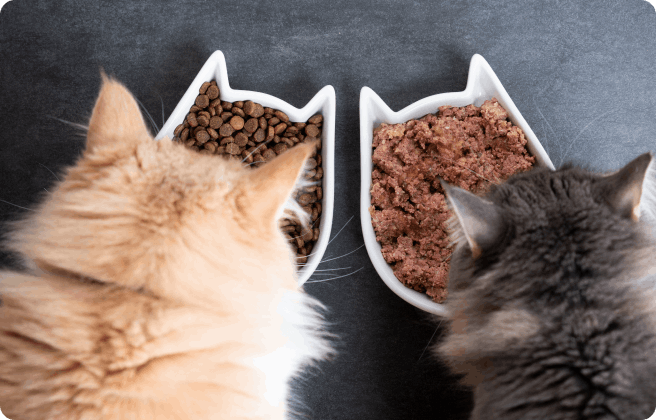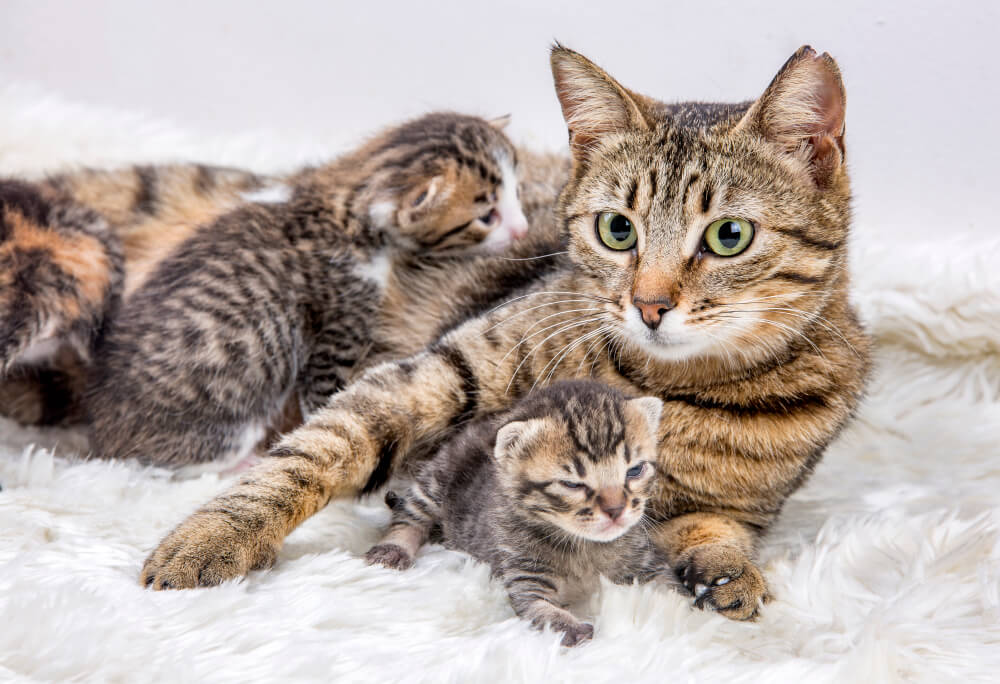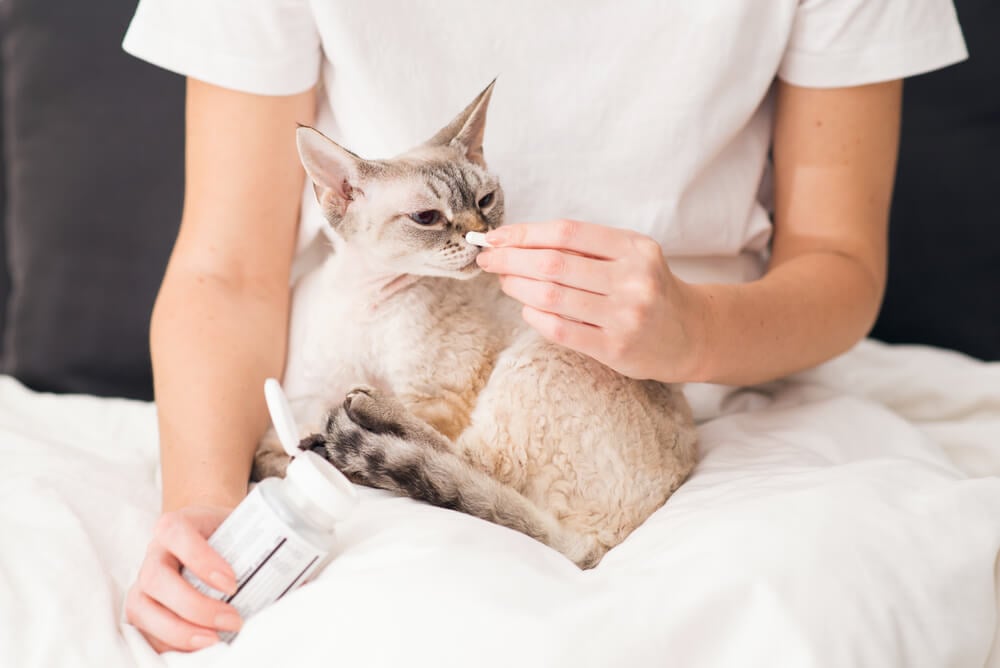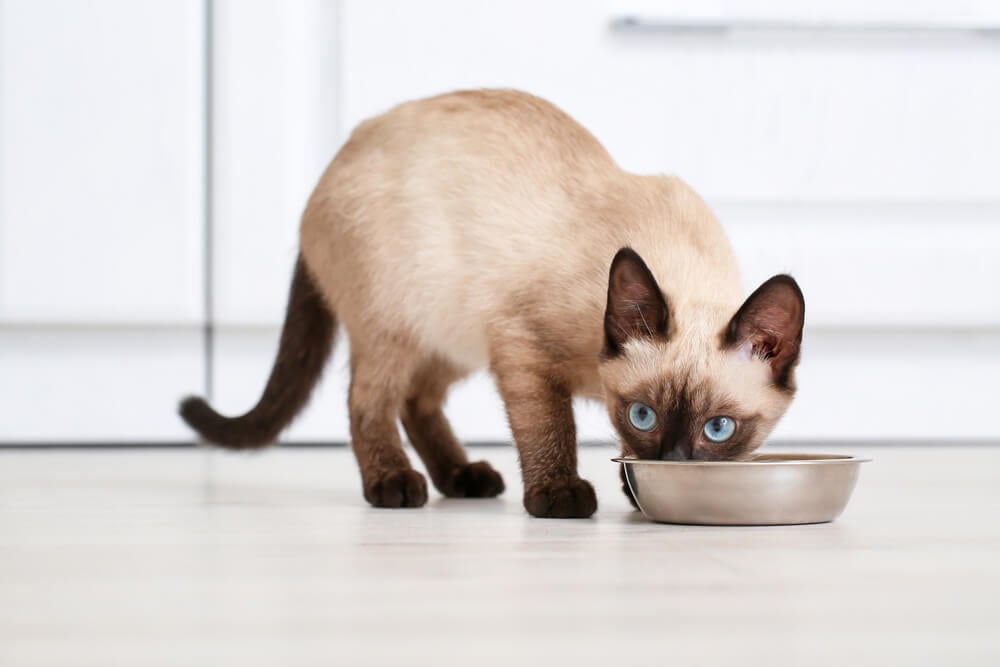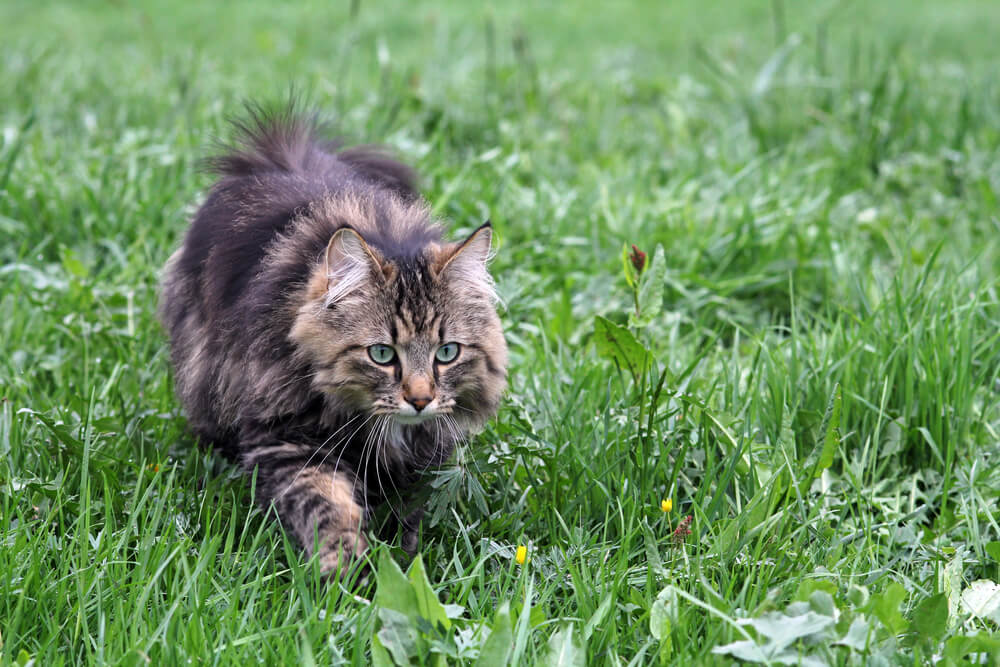
Pounce and stalk. Not the name of a children’s TV detective duo, but rather something your cat does from time to time. A stealthy stalk, as quietly as possible, before pouncing on an undetermined prey, which often turns out to be an unsuspecting bluebottle. Or a leaf swirling in the wind. Or, more often than not, nothing at all.
You may have wondered why they do this. If they’re not actually hunting live prey, what’s the point?
Well, you probably won’t be surprised to learn it’s linked to their inbuilt instinct to hunt.
But did you know cats don’t have much endurance for hunting? Instead, they reserve their energy by staying in one place and stalking, then pouncing, when the time’s right.
A study of wild mountain lions in the U.S. 1 tracked their movements via GPS collars fitted with accelerometers to determine how much energy they expended while hunting — in particular, when using the ‘stalk and pounce’ method.
They discovered that the cost of hunting was high in terms of energy, which is why the cats tended to stay in one position and creep up on their prey, saving precious energy. It also found they adjust their initial pounce depending on the size of the prey, again, to conserve energy, saving the big leaps for bigger prey.
By using this method, they can store power reserves and use them to jump with all their might, and all their intricate, exact timing, to maim and kill their prey. Or play around with a leaf, whichever is to hand.
But if your cat’s an indoor cat, and has never hunted, or caught, a live animal in its life, why is it still going through the stalk-and-pounce motions?
For the simple fact it’s fun. Whether it’s hunting and leaping on an unsuspecting spider, or a furry mouse, the joy for your cat comes in the process of hunting, not the outcome at the end.
Hunting technique
You’ll notice your cat always crouches before the pounce. This is a crucial part of the hunt. The quiet stalk, slowly following the prey without making a sound, pupils dilated, attuned to every movement.
Then they’ll settle in a spot where they think they can’t be seen. Crouching low, they might stay in that position for a while, poised in position, back legs spring-loaded to pounce. They’ll adjust their balance down to the most minute movement and then… leap upon their prey for the kill, or more likely dance around hopping from paw to paw while not taking their eyes from the prey.
Then, ‘hunt’ over, they’ll prepare to do it all over again.
Where it all begins
Kittens learn to pounce and stalk within two months of being born. From that point on, they exhibit the behavior when hunting, when playing and sometimes when anxious or agitated.
This last category — that cats occasionally pounce and stalk when anxious — is sometimes seen when you introduce a new pet into the house. It can also occur when your cat’s stressed by an unusual noise or event.
What to do if your cat’s stalking and pouncing becomes a problem
While it can be fun to see your cat play-hunt all kinds of different things around the house, it sometimes becomes an issue if your cat is doing it constantly, in particular if they graduate to stalking other members of the household, including small children or guests.
If this is the case, you’ll need to redirect your cat’s playful energy into games. The non-stop hunting may be due to a lack of attention, so playing with them will help entertain them and tire them out. You could also try using an electronic toy, such as a light or laser, to keep them happy and give them something to focus on.
We uphold the highest editorial standards when creating the authoritative content pet parents rely on and trust.
Every piece of clinical content on the Cat Food Advisor is reviewed by our certified Veterinary Advisory Board, which consists of licensed veterinarians and medically certified specialists.
Our reviews are completely independent; we are not paid by any pet food company to promote their products favorably. We do not accept money, gifts, samples or other incentives in exchange for special consideration. For more information see our Disclaimer & Disclosure page.




